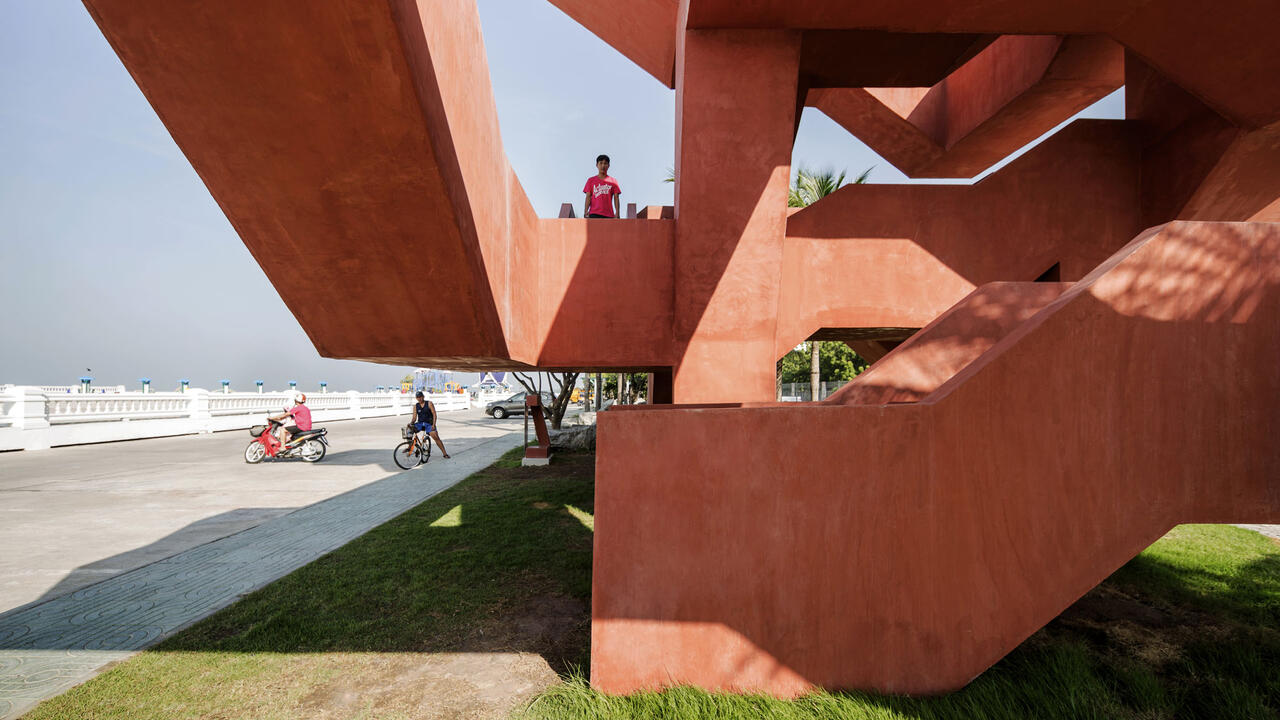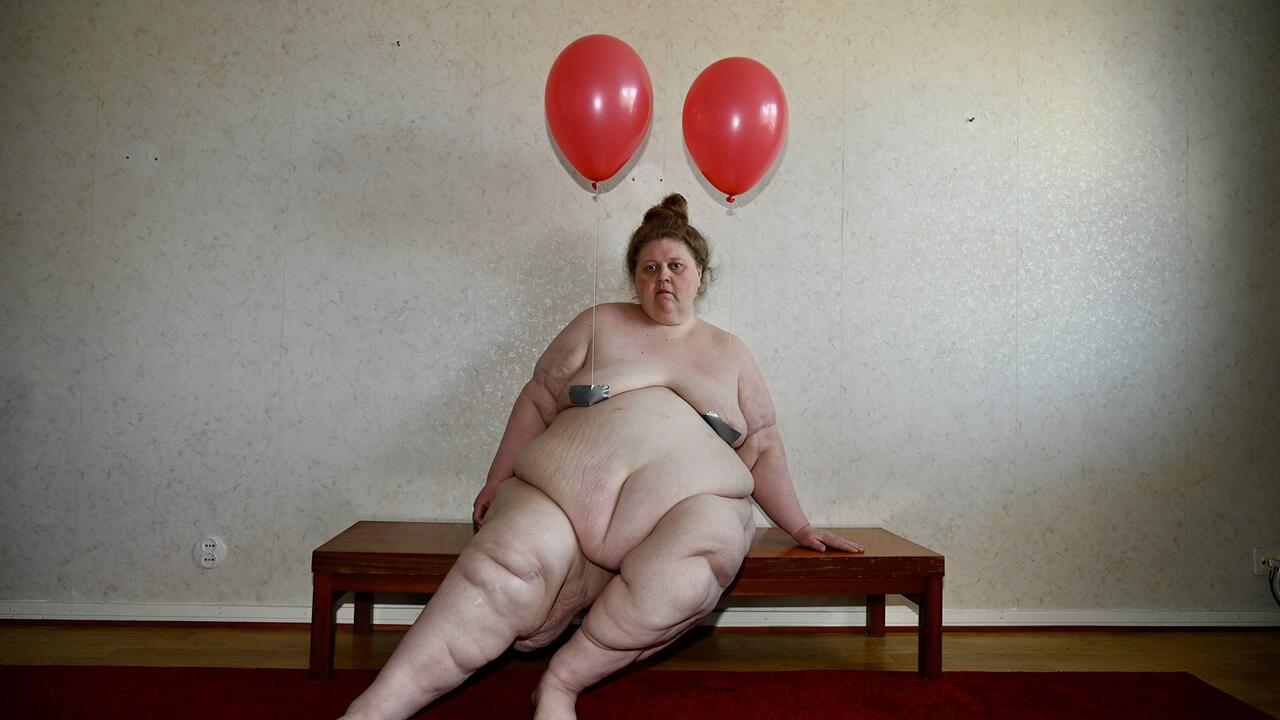Helen Chadwick
If exhibitions of historical art dream, I suspect they dream about their own timeliness, about the works they showcase belonging, in the strange way such works sometimes do, not only to the ‘then’ of their moment of manufacture, but also to the ‘now’ of, well, ‘now’. Some exhibitions of historical art achieve this (think, say, of the Van Abbemuseum’s recent Martin Kippenberger retrospective, which spoke to a detectably Kippenbergian strain in contemporary practice); some, like the Barbican’s Helen Chadwick retrospective, do not.
While the show’s publicity material made repeated claims for Chadwick (who died in 1996) as a pioneer of ‘British art as we know it today’, there is little in her work that shores this up. It has some cosmetic similarities to a number of high-profile pieces produced in the early to mid-1990s (by, among others, Sarah Lucas and Anya Gallaccio), but here in 2004 its influence is faint, if it exists at all. Perhaps this is because Chadwick’s method of imaging the body, in which bluntness bumps into baroque, slickly produced beauty, has been so thoroughly absorbed into mainstream visual culture that it no longer feels vital to artists working today. Perhaps it’s that the body itself, following two decades as a fashionable object of academic and critical theorising, is no longer the tense, thrilling battleground it once was. Whatever the reason, Chadwick’s art just doesn’t seem made for these times.
All this made it easier to consider the works in the show on their own merits. Take Ego Geometria Sum (I Am Geometry, 1983), ten plywood sculptures whose forms suggested a cradle-to-grave procession of familiar objects, from fonts to child-sized pianos to coffins, and whose surfaces bore faded, memory-fogged photos alluding to episodes from the artist’s life. Intended as a self-portrait, a repudiation of René Descartes’ ‘Cogito Ergo Sum’ (Chadwick’s art is nothing if not bullishly opposed to the Cartesian mind/body split), and a meditation on how various disciplinary systems, including architecture, photography and the socializing process of education, work upon the human subject, it’s a work that has all the over-ambition of a bright sixth-former who has discovered that the world ís not a very nice place, and has resolved to solve its every ill. On its own terms, Ego Geometria Sum is a failure (for all that Chadwick freights it with meaning, it communicates little more than a fuzzy atmosphere of the past), but it is difficult not to feel affection for art that works this hard, all the while puffing and panting with Sisyphean effort.
Like Ego Geometria Sum, Oval Court (1984–6) is a piece that can’t quite bear the weight of what Chadwick wanted it to do. Here 12 life-sized photo-
copies of the artist’s naked form, fringed with flora and fauna, lie on a blue ground, as though floating just below the surface of some moon-kissed, endlessly deep pool. Beside them bob five large, gold-painted spheres, and on the surrounding walls Chadwick’s weeping face (again photocopied) tops a number of papery Corinthian columns, an inconsolable sorority of caryatids. The piece, like all mystic art, asks us to speak its own private mystic language, and that’s where it becomes a sticky proposition. While for the artist the naked figures symbolize the ‘12 gates to paradise’, the globes ‘touch’, and the whole shebang the surrender of ‘identity to God, nature, art, love’ there is nothing in the work that edges the viewer towards these interpretations. Iconographies only function because they’re based on agreements (that, for example, a halo denotes holiness rather than a headache, or a bright idea), and this agreement is missing from Oval Pool. What we’re left with is a dish that might taste of foie gras, but might just as easily taste of raspberry crumble.
For all the work’s problems (its po-facedness, its metaphysical stodginess), it exhibits a brilliant economy of means. Whether in her famous Piss Flowers (1991–2), for which the artist and her boyfriend peed in the snow and then cast the resulting corolla- and stamen-like patterns, or in Cacao (1994), a perfumed pond of hot, farting liquid chocolate that squatted somewhere between coprophobia and coprophilia, or indeed in the use of photocopies in Oval Pool, she found visual solutions that were speedy, pointed and effective. It’s this (and her glossy production values) that links her to the 1990s ‘yBa’ generation. For today’s genuinely young British artists, however, Chadwick’s work is, at best, a vivid souvenir of an art world long gone, and at worse a vaguely hysterical irrelevance.















